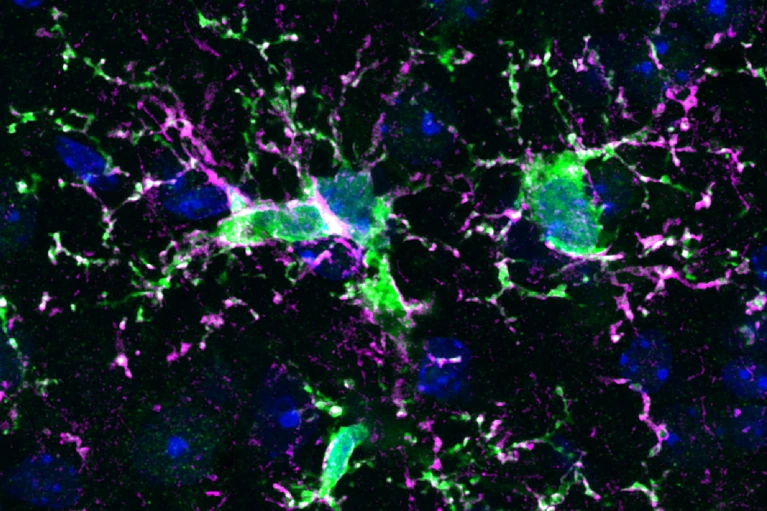A growing body of research suggests that replacing microglia — the brain’s resident immune cells — could one day transform the treatment of conditions ranging from rare genetic disorders to Alzheimer’s disease.
In recent months, several studies have spotlighted the potential of microglia replacement therapy and explored how to make the procedure safer and more effective. “This approach is very promising,” says Pasqualina Colella, a gene and cell therapy researcher at Stanford University. “But the caveat is the toxicity of the procedure.”
Microglia act as the brain’s cleanup crew, patrolling neural tissue, clearing damaged cells, foreign invaders, and toxic substances. They also play a crucial role in protecting neurons during strokes and seizures and in pruning excess synapses during brain development.
“Microglia do a lot of important things,” notes Chris Bennett, a psychiatrist at the Children’s Hospital of Philadelphia. “So, it’s not surprising they are involved in the pathogenesis of many diseases.”
Faulty microglia have been directly linked to rare genetic disorders, and mounting evidence implicates them in complex conditions such as Alzheimer’s, Parkinson’s, and age-related decline, adds Bo Peng, a neuroscientist at Fudan University in Shanghai.
By replacing dysfunctional microglia with healthy ones, researchers hope to restore the brain’s natural defenses and open the door to a new class of cell-based therapies for neurological disease.



0 Comments